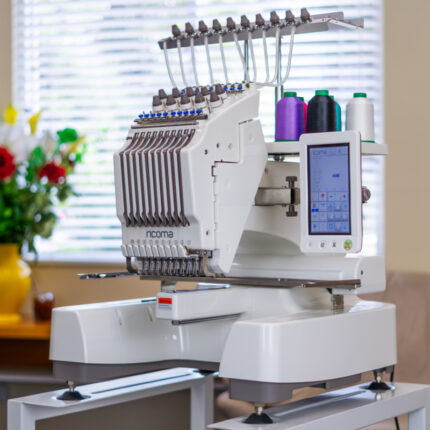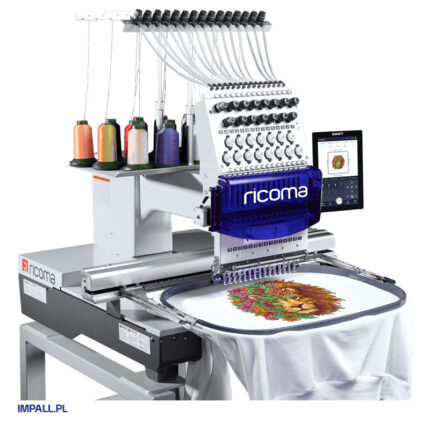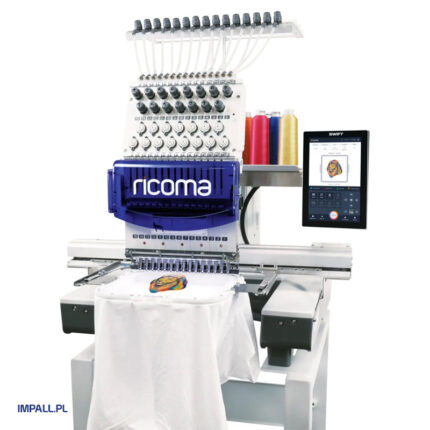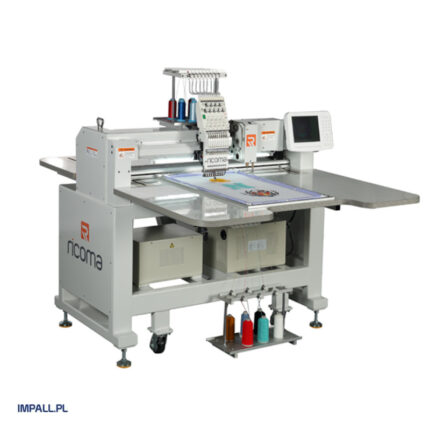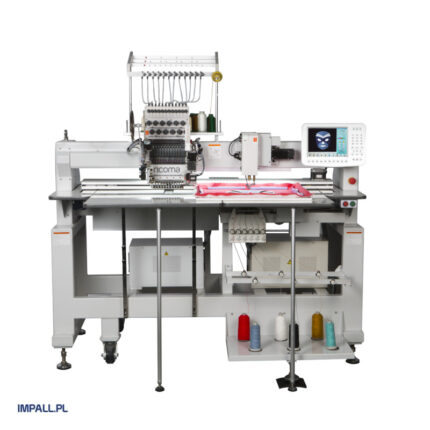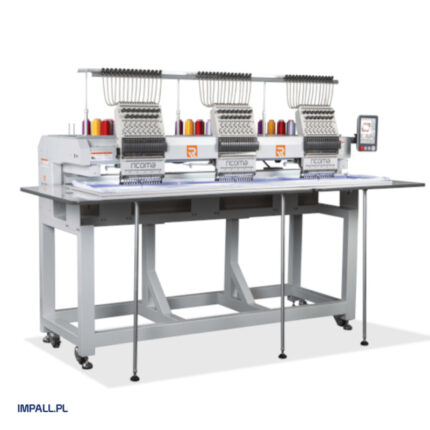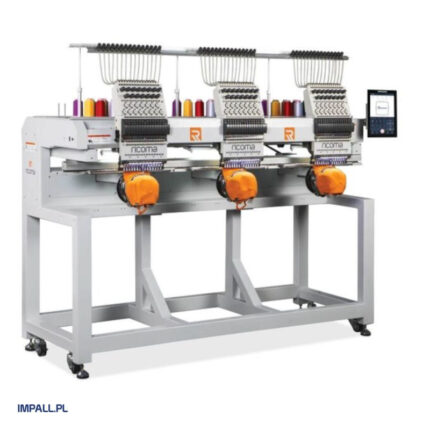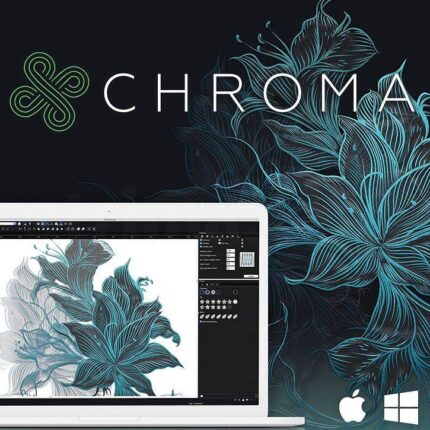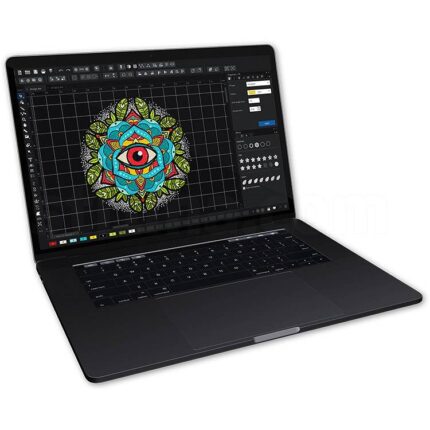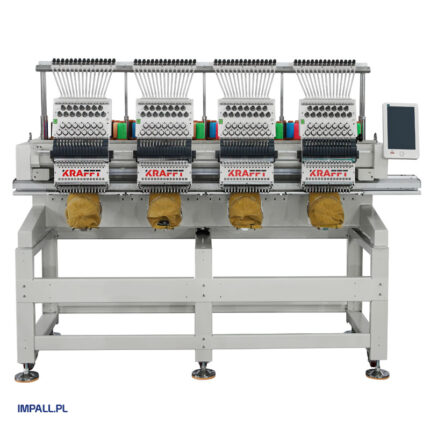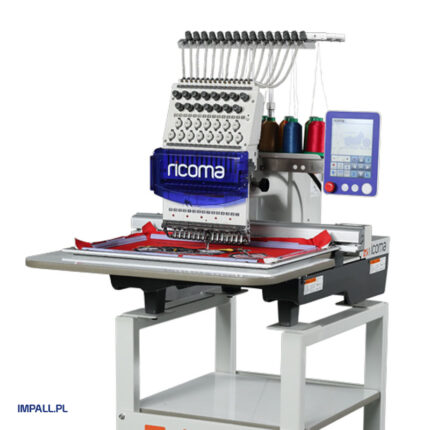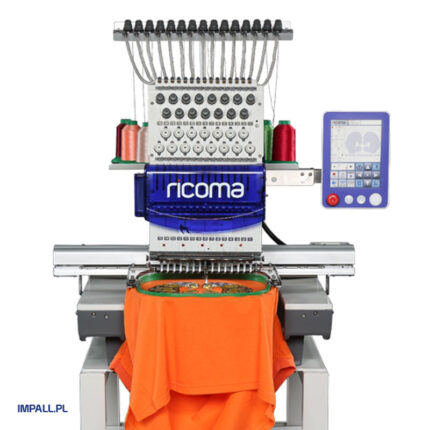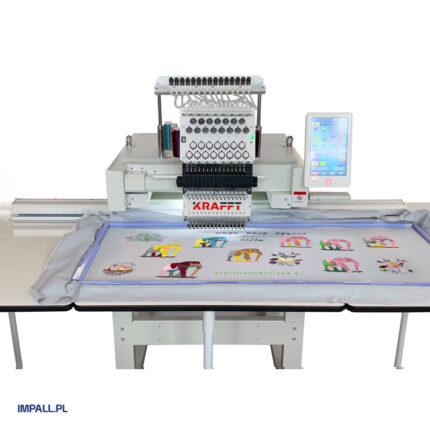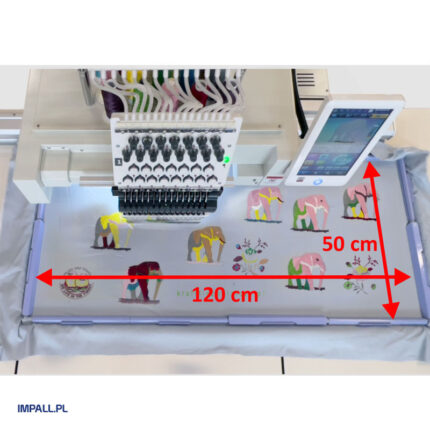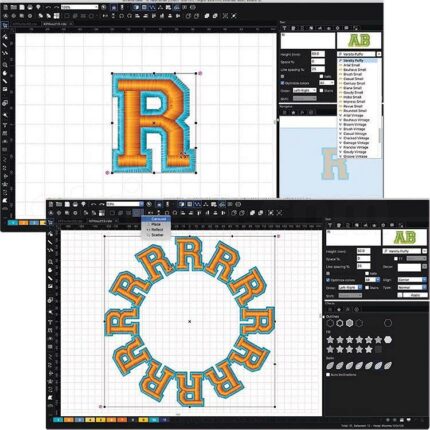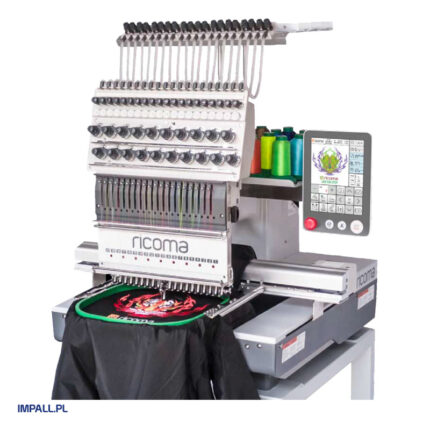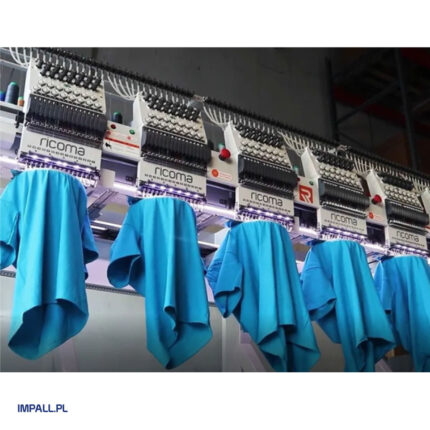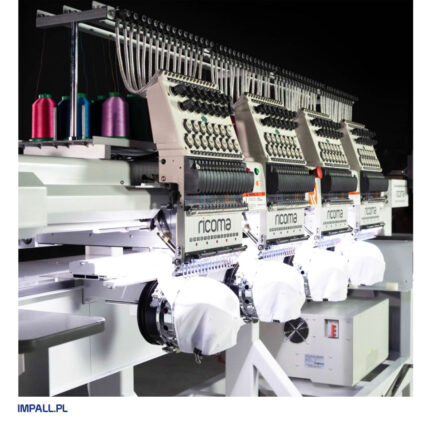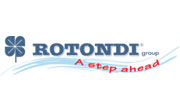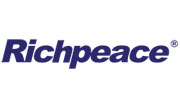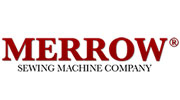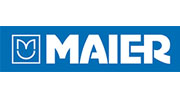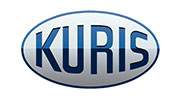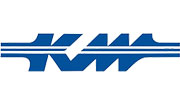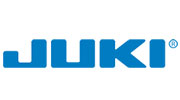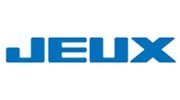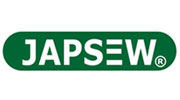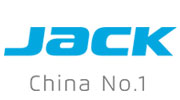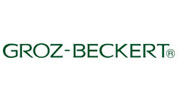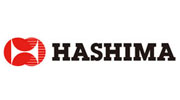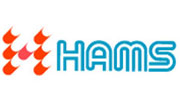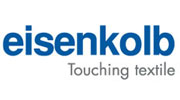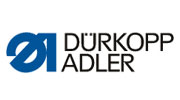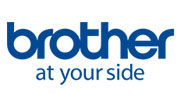- 1-NEEDLE LOCKSTITCH MACHINES
- Lockstitch Machines with Dual Feed (Needle and Bottom Feed)
- Lockstitch Machines with Dual Feed (Bottom and Presser Foot Feed)
- Lockstitch Machines with Triple Feed (Bottom, Presser Foot, and Needle Feed)
- Lockstitch Machines for Light and Medium Materials
- Lockstitch Machines for Medium and Heavy Materials
- Lockstitch Machines with Automatic Needle Positioning
- Lockstitch Machines with Automatic Thread Trimming
- Lockstitch Machines with Automatic Backtacking
- JACK lockstitch machines
- SIRUBA lockstitch machines
- JUKI lockstitch machines
- BROTHER lockstitch machines
- KRAFFT lockstitch machines
- 2-NEEDLE LOCKSTITCH MACHINES
- OVERLOCKS
- 5-Thread Overlock Machines
- 4-Thread Overlock Machines
- 3-Thread Overlock Machines
- Overlock Machines for Light Sewing
- Overlock Machines for Heavy Sewing
- Overlock Machines with Dual Feed
- Overlock Machines with Automation
- Cylindrical Overlock Machines
- Overlock Machines with Electronic Automation
- Pneumatic Automation Overlock Machines
- JACK Overlock Machines
- SIRUBA Overlock Machines
- JUKI Overlock Machines
- PEGASUS Overlock Machines
- BARTACKING MACHINES
- ZIG-ZAG MACHINES
- BUTTON SEWING MACHINES
- BUTTONHOLING MACHINES
- INTERLOCK MACHINES
- CHAINSTITCH MACHINES
- FEED OF THE ARM MACHINES
- BLIND STITCH MACHINES
- AUTOLAP MACHINES
- SEWING AUTOMATIC MACHINE
- SPECIAL MACHINES
- HEAVY SEWING MACHINES
- DECORATIVE STITCH MACHINES
- SEAMLESS MACHINES
RICOMA EM-10S
In stock
RICOMA RCM-1501TC-10S
In stock
RICOMA MCC-061501
In stock
RICOMA RCM-1501TC-8S
In stock
KRAFFT KF-CT1501 XXL
In stock
RICOMA RCM-2001TC-8S
In stock
Embroidery Machines
Embroidery has been part of our culture for thousands of years, with evidence of its existence in ancient civilizations. Therefore, it’s hard to imagine the textile industry without this field. Especially as traditional decorations, such as embroidery inspired by folk art, are making a comeback. In the past, embroidery was most commonly seen on scarves and other ornamental clothing items. Initially, all embroidery was done by hand, first without any additional tools, and later with the help of looms or embroidery hoops. Embroidery hoops, which are rings that hold the fabric in place, are still used today by enthusiasts of hand embroidery. However, when creating a variety of products using different methods of fabric decoration, embroidery machines are essential. Computerized embroidery machines allow you to design the embroidery on a computer and then upload it to the machine. Even before you start, you can edit individual elements, ensuring that the embroidery will be perfect. Industrial embroidery machines allow for multi-color embroidery, creating highly original designs. Importantly, modern embroidery machines can work on both flat and cylindrical materials. This means that with an industrial embroidery machine, you can apply embroidery to finished garments, which is a significant advantage over standard flat embroidery machines.
Brother and Juki Embroidery Machines – The Best Machines for Embroidery
Attention to detail and precision are the best descriptors for the embroidery machines we offer. Each one allows for the creation of unique embroidery that makes garments special and original. Modern and extremely easy-to-use embroidery machines will help you bring out the potential in details and highlight the craftsmanship. The Brother embroidery machines we offer include both single-needle and multi-needle models.
Performance of Single-Needle and Multi-Needle Embroidery Machines
The embroidery machines we offer meet the highest standards. Among the many models available, we have selected the best ones. They are characterized by impressive results, durability, and precision in embroidery. If you’re unsure which embroidery machine is the best choice for your type of work, contact us—we will do our utmost to select the perfect machine for you. In our offer, you’ll also find embroidery needles. If you not only decorate but also sew textile products, we recommend you check out our industrial sewing machines. Among them, you’ll find straight stitch machines, double-needle machines, overlock machines, and other sewing equipment.
How Does a Computerized Embroidery Machine Work?
The operation of a computerized embroidery machine can be compared to a computer printer. It is an extremely precise device that allows for 100% accurate reproduction of embroidery on the selected fabric surface. It’s like printing on material.
Working with an Embroidery Machine Starts with Choosing the Design
The process of working with a computerized embroidery machine begins with selecting the embroidery design. Modern embroidery machines have their own collection, a library of graphic designs and prints, that you can choose from or customize to your needs. There is also the functional option of uploading custom-designed patterns to the embroidery machine. In this case, your design becomes a vector graphic prepared in the appropriate software. This prepared file contains precise instructions for the sewing machine on how to sew, how to guide the thread, and which colors to use. The pattern will be perfectly replicated on the fabric.
What Role Does the Embroidery Hoop Play in the Embroidery Machine?
The fabric to be embroidered is prepared in the embroidery machine using an embroidery hoop. This is a special frame in which the selected piece of fabric is stretched. The hoop is positioned in the machine, and once the embroidery machine starts, it begins working in the designated area, executing the required stitches.
Modern Embroidery Machines Offer Extensive Embroidery Capabilities
Modern embroidery machines allow us to create unique, personalized, and original products. Interesting functionalities of embroidery machines include:
- A hook that allows the bobbin to be inserted without removing the hoop;
- An adapter system and free arm embroidery, providing freedom of movement, unrestricted material shifting, or cylindrical embroidery (pant legs, sleeves) are significant advantages of an embroidery machine;
- The ability to use different sizes of hoops, e.g., a large working area hoop for tablecloths or bedding;
- Thread break sensor;
- The ability to create text using different fonts;
- A touchscreen control panel for adjusting settings and making corrections directly on the screen;
- A large library of embroidery designs;
- USB connectivity, etc.


